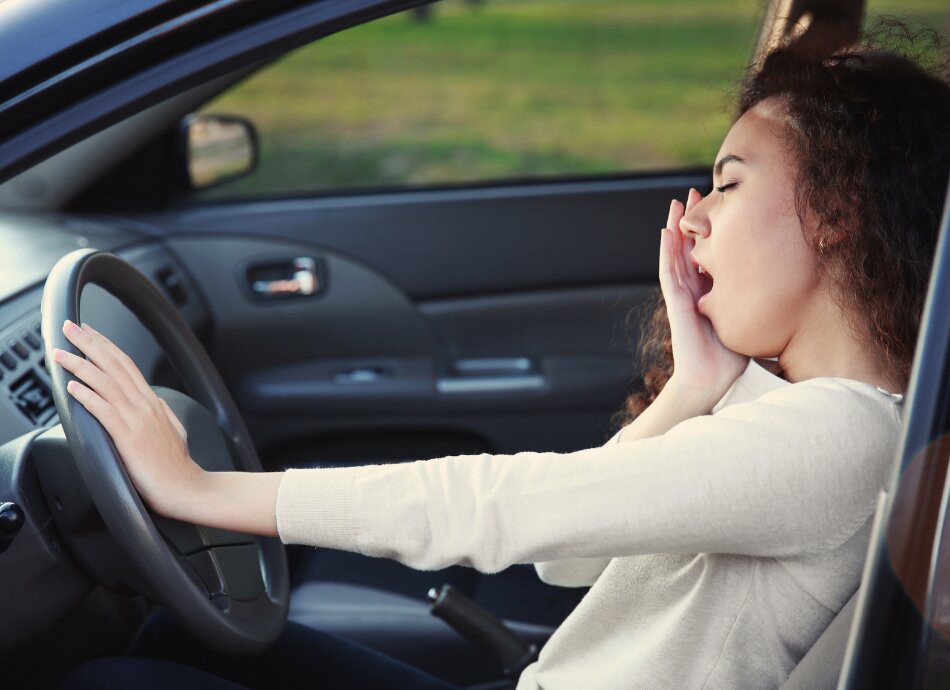Driving tired can be lethal. Nodding off while driving means you won't brake before you hit anything. This puts you, your passengers and other drivers at huge risk. Even if you don't fall asleep, tiredness increases your reaction times and dulls your ability to pay attention to what is happening on the road.
- If you drive when you are tired, you risk your life and that of others on the road.
- In Aotearoa New Zealand in 2020, fatigue was a factor in 25 deaths and 113 serious injuries.
- The more time you drive while tired, the greater the risk you will have a crash. However, most fatigue-related crashes happen on trips that are under 2 hours and within 20 minutes of home.
- You are more at risk if you are young, a shift worker or have a sleep disorder. Alcohol and speed also increase your risk.
- You can avoid being a tired driver by preparing in advance and looking out for the warning signs of fatigue when you are driving.
Although the effects are not exactly the same, driving while you are drowsy is similar to driving while drunk, and equally dangerous.
- If you stay awake for 18 hours and then drive, you'll behave as if you have a blood alcohol level of 50 mg of alcohol per 100 ml of blood. That's the same blood alcohol level as Aotearoa New Zealand's legal drink drive limit for drivers 20 years and older, and it's way over the blood alcohol concentration level of zero for drivers under 20 years old.
- If you drive after staying awake for 24 hours, you're as dangerous as someone with a blood alcohol level of 100 mg of alcohol per 100 ml of blood – that's twice the legal blood alcohol limit for adults!






